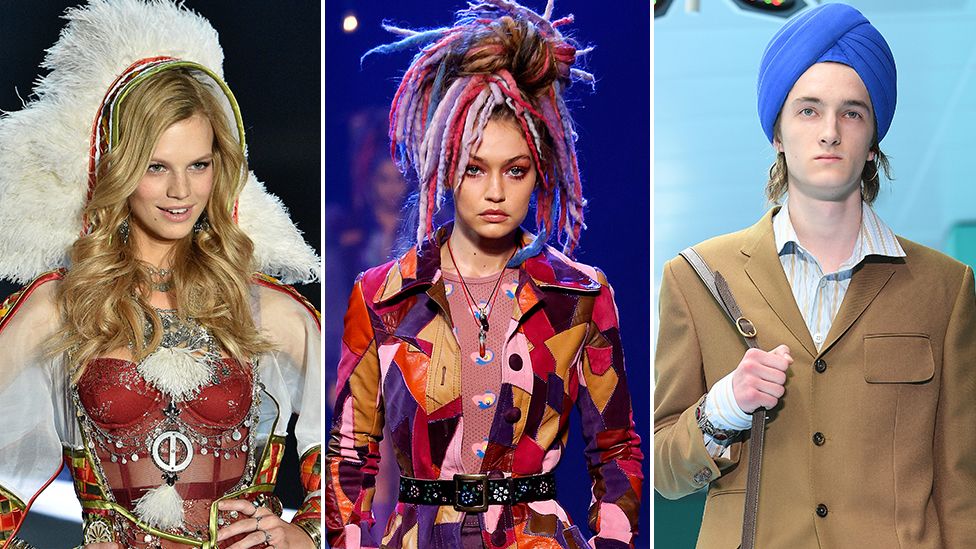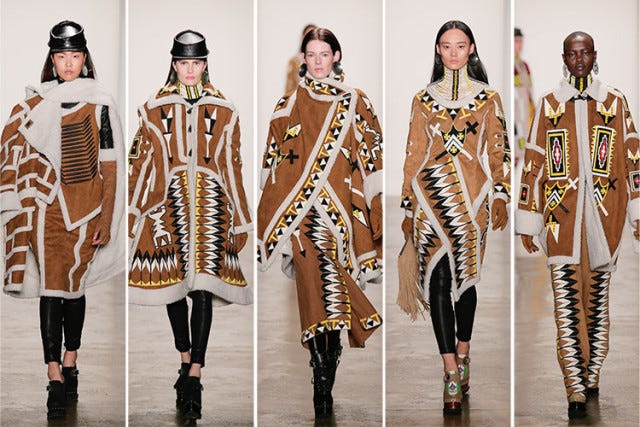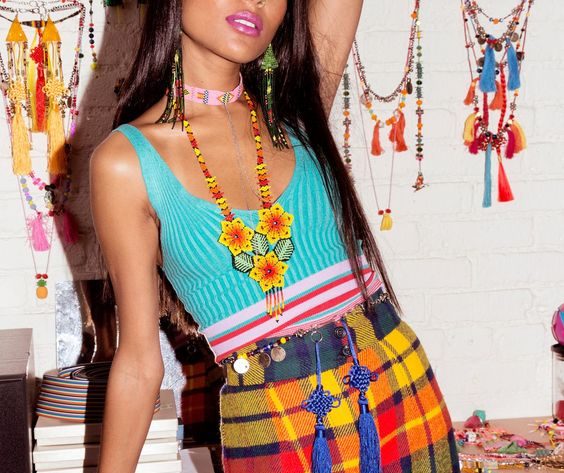The fashion industry has been embroiled in a passionately debated discussion over the past few years of cultural appropriation. From the high stakes runway to everyday conversations on social networks, there has been universal condemnation for attempting to appropriate aspects of varied societies and cultures into designing. The pending query that perplexes individuals is, is the style kingdom, at long last, overstepping away from this problem? This blog delves deep into trying to demystify this complex layer of exploitation, including but not limited to diving into its evolutionary story, the sartorial field’s acknowledgment of it, and potential ways of dispatching this dispute as it aims to unravel the connotations associated with defying cultural boundaries in fashion.
What exactly is Cultural Appropriation?

Cultural appropriation happens when another borrows parts of one culture, often without understanding or respect. Think of it like using someone’s special belongings without asking or understanding their importance. It can hurt feelings and show a lack of care. Treating every culture kindly, as we would want for our own, is the key.
History of Cultural Appropriation in Fashion

There has been a long-standing problem of cultural appropriation in the fashion industry. Native Americans, Black people, American Indians, Hispanics, and people of other races and nationalities are only some of the minorities who have been portrayed inaccurately in Western films. This pattern persists, as seen by the inappropriate adoption of imported cultural features. Examples include using cultural symbols in advertising new fashion trends or using white models wearing traditional clothing like kimonos.
The Problems of Cultural Appropriation

Thankfully, the fashion industry thrives on people working together to create something new. However, tactfulness is required. Lack of respect for other cultures is reflected in the fashion industry via cultural appropriation. Worryingly, many companies and designers that incorporate aspects of minority cultures into their products have little appreciation for the difficulties such cultures confront.
They incorporate cultural symbols in designs to attract attention or produce an “exotic” style currently popular. Then, they mark up the price of products that are cheap to produce. It’s unethical to use cultural significance for financial gain in this manner. Let us never forget that every culture has something important to offer and deserves recognition in the fashion industry and beyond.
Steps to Avoid Cultural Appropriation

It’s important to recognize that fashion should never be used as a means of mockery. Instead, it has the potential to empower both creators and wearers. With that in mind, let’s explore three crucial steps to avoid cultural appropriation in fashion.
Recognize Your Mistakes:
First, it might be helpful to take a step back and think about times when you unintentionally hijacked another culture. We’ve all been influenced and conditioned to ignorance, whether we belong to a majority or a minority. It’s fairly uncommon for people to overlook such deeds.
Study and Appreciate the Culture:
Spend significant time learning about a culture before attempting to portray it in an outfit. Investigate its origins, the challenges it faced, and the lives it cost. This endeavor nurtures respect and compassion. Talk to locals, get their approval before doing anything, and immerse yourself in their culture. Consider the potential social and cultural repercussions of your actions.
Give Credit and Gain Consent:
Don’t borrow the identity of bigger groups by adopting their religious or national symbols. Don’t steal or imitate a culture’s fabrics or symbols. Choose authentic items made by locals to immerse yourself in the culture. Be patient and work on gaining the long-term support and financial rewards of the minority community while you commercialize your fashion. It facilitates ethical cooperation and mutual development.
After understanding these principles, designers will be able to play a helpful role in preserving cultural elements. So, let’s use fashion to honor and celebrate different cultures rather than exploit them. Collaboration is the key for brands and fashionistas alike. We can view this as an opportunity to learn about other cultures while simultaneously strengthening our own sense of identity. It’s time we recognize that cultural respect should be at the heart of fashion and style.


